As the legalization of marijuana becomes more prevalent, understanding how long THC stays in your hair has become crucial, especially for individuals subject to smoking cannabis or drug testing. THC, or tetrahydrocannabinol, is the psychoactive compound in marijuana responsible for its intoxicating effects. In this comprehensive guide, we'll delve into the intricate details of THC detection in hair, answering common questions and shedding light on various factors influencing detection periods.
What is THC?

THC, short for tetrahydrocannabinol, is one of over 100 cannabinoids found in marijuana plants. It's the primary psychoactive compound responsible for the "high" associated with marijuana use. When consumed, THC binds to cannabinoid receptors in the brain and central nervous system, altering neurotransmitter release and producing euphoria and relaxation.
How does THC enter the hair?
Understanding how THC enters hair is essential for comprehending its detection in drug tests. When marijuana is smoked, vaporized, or ingested, THC is metabolized in the body and eventually excreted through various routes, including urine, saliva, sweat, and hair. While THC itself is not incorporated into hair strands, its metabolites, particularly THC-COOH, can be deposited into the hair shaft through blood circulation to the hair follicles.
Stay tuned as we explore the intricacies of THC retention in hair and how it differs from other drug testing methods.
How Long Does THC Stay In Your Hair?
Determining the exact duration of THC during detection windows in hair follicle tests can be challenging due to various factors influencing its retention. However, on average, THC can be detected in hair follicles for up to 90 days after last use. This extended detection window is one of the reasons why hair drug testing is favored in certain contexts, such as pre-employment screening roadside drug testing, and legal proceedings.
Factors Affecting THC Detection Periods
Several factors can impact how long THC remains detectable in hair:
Frequency of Use: Individuals who use marijuana frequently are more likely to have higher concentrations of THC metabolites in their hair, prolonging detection periods.
Amount Consumed: The quantity of marijuana consumed plays a significant role in determining THC levels in fatty tissues of the body and, subsequently, in hair follicles. Higher doses detect marijuana may result in longer detection windows.
Individual Metabolism: Metabolic differences among individuals can affect both how much marijuana and how quickly THC and its metabolites are eliminated from the body. Factors such as age, weight, metabolism rate, and overall health can influence detection times.
Comparison to Other Drug Testing Methods
While hair drug testing offers a longer detection window for THC compared to urine tests, blood tests, and saliva tests, each method has its advantages and limitations:
Urine Testing
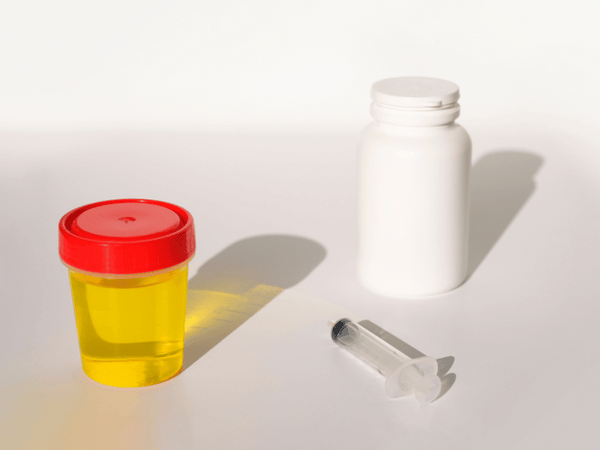
It detects recent marijuana use (up to 30 days), but urine tests may not capture long-term or occasional use.
Blood Testing
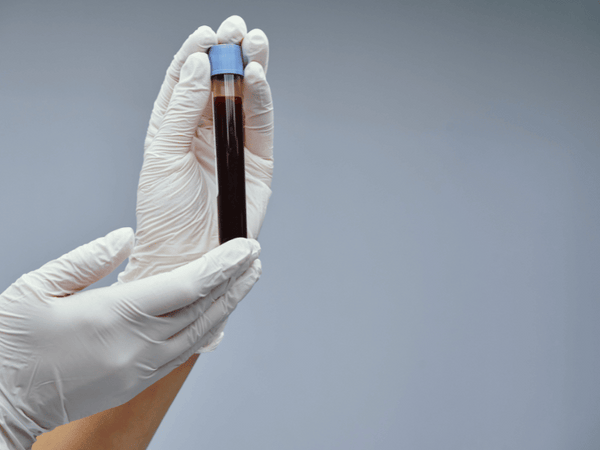
Provides a short detection window (up to 24 hours) and is typically used for detecting recent impairment rather than past marijuana use.
Saliva Testing
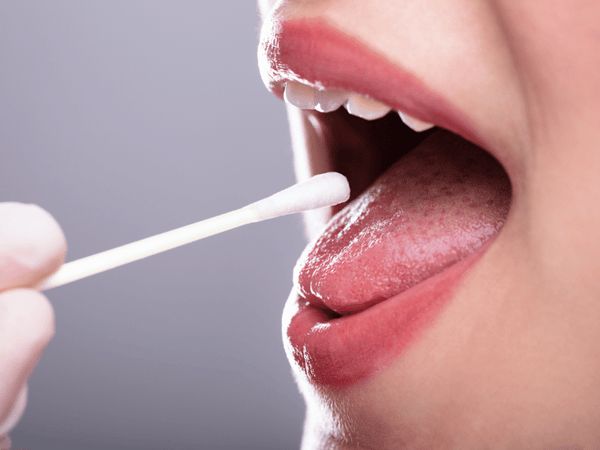
This test detects recent marijuana use (up to 72 hours) and is less invasive than a blood test or urine test but has a shorter detection window.
In contrast, hair drug testing can detect THC from chronic cannabis use over an extended period, making it suitable for identifying chronic or heavy marijuana use by non-cannabis users.
Hair Drug Testing: How Does It Work?
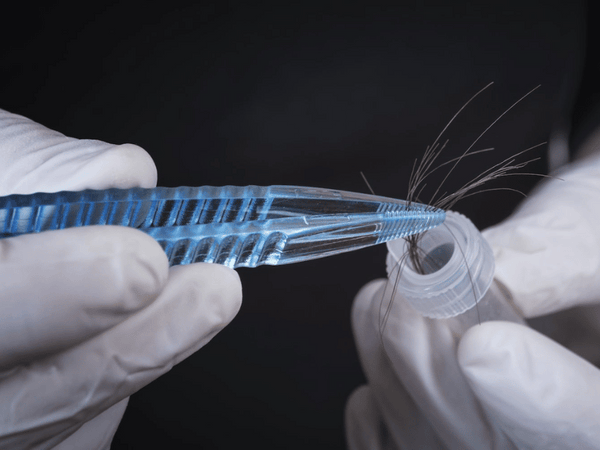
Hair drug testing, also known as hair follicle testing, is a method used to detect the presence of various drugs, including THC, in a person's or body's fat cells or systems. Unlike other forms of drug testing that analyze bodily fat cells or fluids like urine or blood for other drugs, hair drug testing involves examining a small sample of hair for traces of drugs and their metabolites.
The Process of Hair Drug Testing
Sample Collection: During a hair drug test, a small sample of hair is typically collected from the scalp using scissors or a specialized collection kit. The sample is usually taken from the back of the head to minimize visibility.
Sample Preparation: Once collected, the hair sample undergoes a series of preparation steps to extract the drugs and metabolites trapped within the hair shaft. This process often involves washing the hair to remove external contaminants and then liquefying the hair to release the drugs.
Analysis: The prepared sample is then analyzed using various techniques, such as enzyme-linked immunosorbent assay (ELISA) or gas chromatography-mass spectrometry (GC-MS), to identify and quantify the presence of specific drugs and metabolites.
Differences from Other Drug Testing Methods
Compared to urine, blood, and saliva testing, hair drug testing offers several advantages:
Extended Detection Window: Hair drug testing and hair tests can detect drug use over a more extended period, ranging from weeks to months, depending on the length of the hair sample.
Difficult to Tamper With: Unlike with urine tests or blood samples, which can be easily adulterated or substituted, hair samples are challenging to tamper with, making them more reliable for detecting drug use.
Non-Invasive Collection: Collecting a hair sample is relatively non-invasive and can be done quickly and discreetly.
Accuracy and Reliability
Hair drug testing is known for its high sensitivity and specificity in detecting drug use. However, it's essential to consider factors that may affect the accuracy of the positive hair test results themselves, such as external contamination or exposure to other drugs through environmental sources like secondhand smoke.
Factors Affecting THC Detection in Hair
Understanding the factors that influence THC detection in a hair follicle test is essential for interpreting drug test positive results more accurately. While hair drug testing offers a reliable method for detecting THC use over an extended period, several variables can impact the positive result, including the presence and concentration of THC metabolites in hair follicles.
Hair Growth Rate and Length
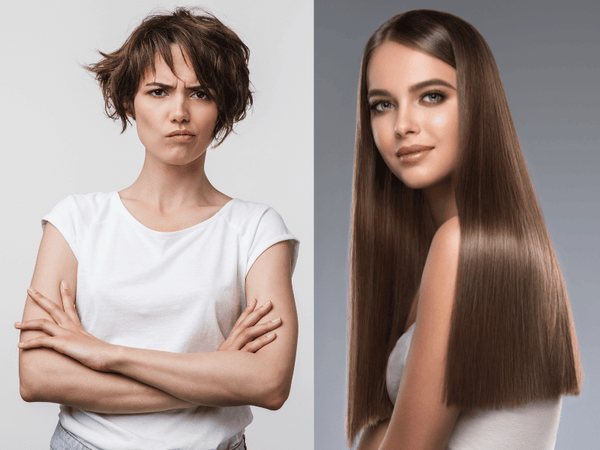
One crucial factor affecting THC detection in hair is the rate of hair growth and the length of the hair sample collected for testing. Hair grows at an average rate of about half an inch per month, with variations depending on factors such as genetics, age, and overall health.
Detection Window: Longer hair samples can provide a more extended detection window, as they represent a timeline of drug exposure over several months. Conversely, shorter hair samples may offer a more limited detection window, capturing drug use within just a few hours or a shorter timeframe.
Cutoff Levels: Hair drug tests typically analyze a specific length of hair nearest the scalp, known as the "proximal" or "first-inch" segment. This segment is believed to provide a more accurate representation of recent drug use, as it reflects drug incorporation during the active growth phase of the hair follicle.
Hair Color and Type

Hair color and type can also influence THC detection in hair, albeit to a lesser extent than hair length and growth rate. While the exact mechanisms are not fully understood, certain characteristics of hair, such as porosity and melanin content, may affect the retention and release of drug metabolites.
Melanin Content: Melanin, the pigment responsible for hair color, can bind to drugs and metabolites, potentially affecting their retention in hair follicles. Darker hair colors, which contain higher melanin levels, may show higher drug concentrations compared to lighter hair colors.
Porosity: The porosity of hair, or its ability to absorb and retain substances, may also play a role in drug retention. Highly porous hair may trap drug metabolites more effectively, leading to longer detection periods of drug abuse.
Environmental Factors

External factors, such as exposure to environmental contaminants or chemical treatments, can impact THC detection in hair.
Secondhand Smoke: Exposure to secondhand marijuana smoke may result in trace amounts of THC being deposited onto hair strands, potentially leading to false-positive results in hair drug tests. However, the likelihood of significant THC absorption through passive exposure is generally low.
Hair Products: Certain hair products, such as shampoos, conditioners, and styling products, may contain ingredients that could affect drug test results. While rare, some products may interfere with drug detection methods or cause false-positive results.
Alive Market THC Gummies
Alive Market THC Gummies offer consumers a convenient and discreet way to enjoy the benefits of THC in a tasty and accessible format. These gummies are crafted with precision, combining high-quality ingredients with carefully measured doses of THC to ensure a consistent and enjoyable experience. With various flavors and potencies available, Alive Market THC Gummies cater to a wide range of preferences and needs within the cannabis community. Whether for recreational use or therapeutic purposes, these gummies provide a convenient option for individuals seeking the effects of THC in a delicious and easy-to-consume form.
FAQs About THC in Hair
As the topic of THC detection in hair continues to generate interest and concern, it's essential to address common questions and misconceptions surrounding the subject. Here are some frequently asked questions about THC in hair:
1. Can THC be detected in hair after one use?
While the likelihood of THC detection in hair after a single use is lower compared to frequent or chronic cannabis use, it's still possible for trace amounts of THC metabolites to be present in hair follicles. The detection window for occasional marijuana use can vary depending on factors such as metabolism, hair growth rate, and sensitivity of the testing method.
2. Can hair products affect THC test results?
Certain hair products, such as shampoos, conditioners, and styling products, may contain ingredients that could potentially interfere with hair drug test results. While most hair products are unlikely to affect THC detection in blood tests, individuals may choose to use detoxifying shampoos or avoid certain products leading up to a drug test to minimize any potential risks.
3. Can secondhand marijuana smoke cause positive hair, and can test-positive results detect marijuana?
Exposure to secondhand marijuana smoke is unlikely to result in significant THC absorption through the hair follicles, and the concentration of THC metabolites in hair is generally lower compared to direct marijuana use. While it's theoretically possible for trace amounts of THC to be deposited onto hair strands through environmental exposure, the likelihood of this leading to a positive hair test result is minimal.
4. Can hair testing distinguish between THC from marijuana and THC from CBD products?
Hair drug testing typically detects the presence of THC metabolites, regardless of the source of THC exposure. Therefore, THC metabolites derived from both marijuana and CBD products containing THC may be detected in hair follicles. However, the concentration of THC metabolites and the duration of detection may vary depending on factors other drug tests can detect, such as THC potency and cannabis consumption and patterns.
5. How reliable and accurate are home-based hair and urine drug tests now?
Home-based drug testing kits are available for individuals who wish to screen themselves for drug use in the privacy of their own homes. While saliva tests from these kits may provide preliminary insights into THC detection in hair, their accuracy and reliability may vary compared to laboratory-based testing methods used in professional settings. It's essential to follow the manufacturer's instructions for sensitive tests very carefully and interpret the results of blood and saliva tests and positive urine tests very cautiously.
Conclusion
In this comprehensive guide, we've explored the intricacies of THC detection in hair, providing valuable insights into how long THC really stays in your system through hair and the factors influencing detection periods. From understanding the process of hair drug testing to exploring strategies to stay in your system for passing a THC screening, we've covered a wide range of topics to help readers navigate THC detection concerns with confidence.
Key Takeaways
-
THC metabolites can be detected in hair follicles for up to 90 days after last use, making hair drug testing a reliable method for identifying past marijuana use.
-
Factors such as frequency of use, amount consumed, hair growth rate, and hair color can influence the duration of THC detection in hair.
-
Hair drug testing offers several advantages over other testing methods, including an extended detection window and difficulty of tampering.
-
Strategies for passing a hair drug test for THC include natural detox methods, specialized detoxification products, and consideration of legal and ethical implications.
-
Common questions and concerns about THC detection in hair, such as the impact of hair products and secondhand smoke, have been addressed to provide clarity and understanding.
Final Insights
As the landscape of drug testing continues to evolve, it's essential for individuals to stay informed about the latest developments and best practices for THC detection in hair. Whether you're facing a mandatory drug screening or simply seeking to understand your options, knowledge is key to making informed decisions.
Remember, while there are methods available for mitigating the risk of THC detection in hair, it's crucial to consider the legal and ethical implications of attempting to cheat or manipulate a drug test. Honesty and integrity are paramount in most drug tests. Tests can detect anything, and seeking support and guidance from trusted sources can help navigate challenging situations with integrity and dignity.
Thank you for joining us on this journey to uncover the mysteries of THC detection in hair. We hope this guide has provided valuable insights and empowered you to make informed decisions regarding your health and well-being.


